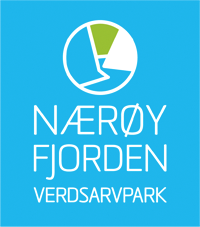regional park
Regional parks are well established in other European countries, but in Norway this is a concept that is constantly being developed. The concept aims to create integrated area management and increase value creation based on local natural and cultural resources.
Nærøyfjorden World Heritage Park is one of the first Norwegian versions of a regional park and is the result of development processes that have started at the grassroots. The establishment arose from a desire for a holistic approach to nature- and culture-based social development and a need to coordinate municipalities and businesses associated with the World Heritage area.
From volume to niche
Like many other rural communities, Aurland has challenges in relation to emigration, weak economic development, conflicts around nature conservation and the safeguarding of nature and cultural heritage. A current issue is the dramatic transformation in agriculture. In Aurland more than most places, this highlights a time gap from volume production to niche production. More and more people in agriculture see new opportunities in offering content in a hitherto relatively transit-dominated and passive tourism product. Can the dominant transport, accommodation and catering-focused tourism industry find common ground with the new experience-based agricultural industry? Can such economic development combine protection and development in a binding way?
Common platform and meeting places
Experience from the European regional nature parks shows that this is actually possible provided that two conditions are present: - that one is able to rally around a common qualitative platform - that one is able to establish meeting places and a framework for strategic interaction between all actors with legitimate roles to fulfill in this picture.
This is part of the background for the creation of Nærøyfjorden World Heritage Park.



